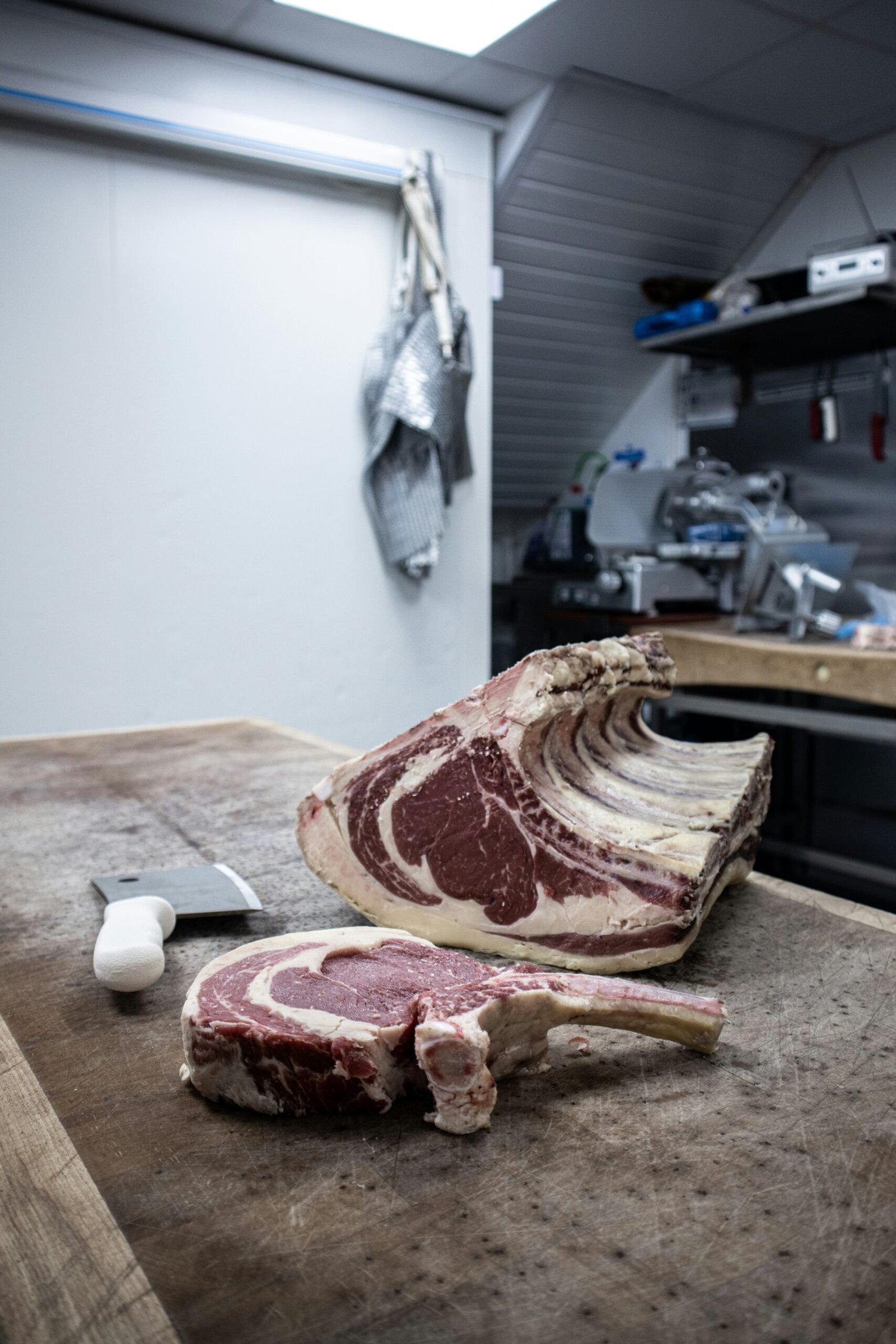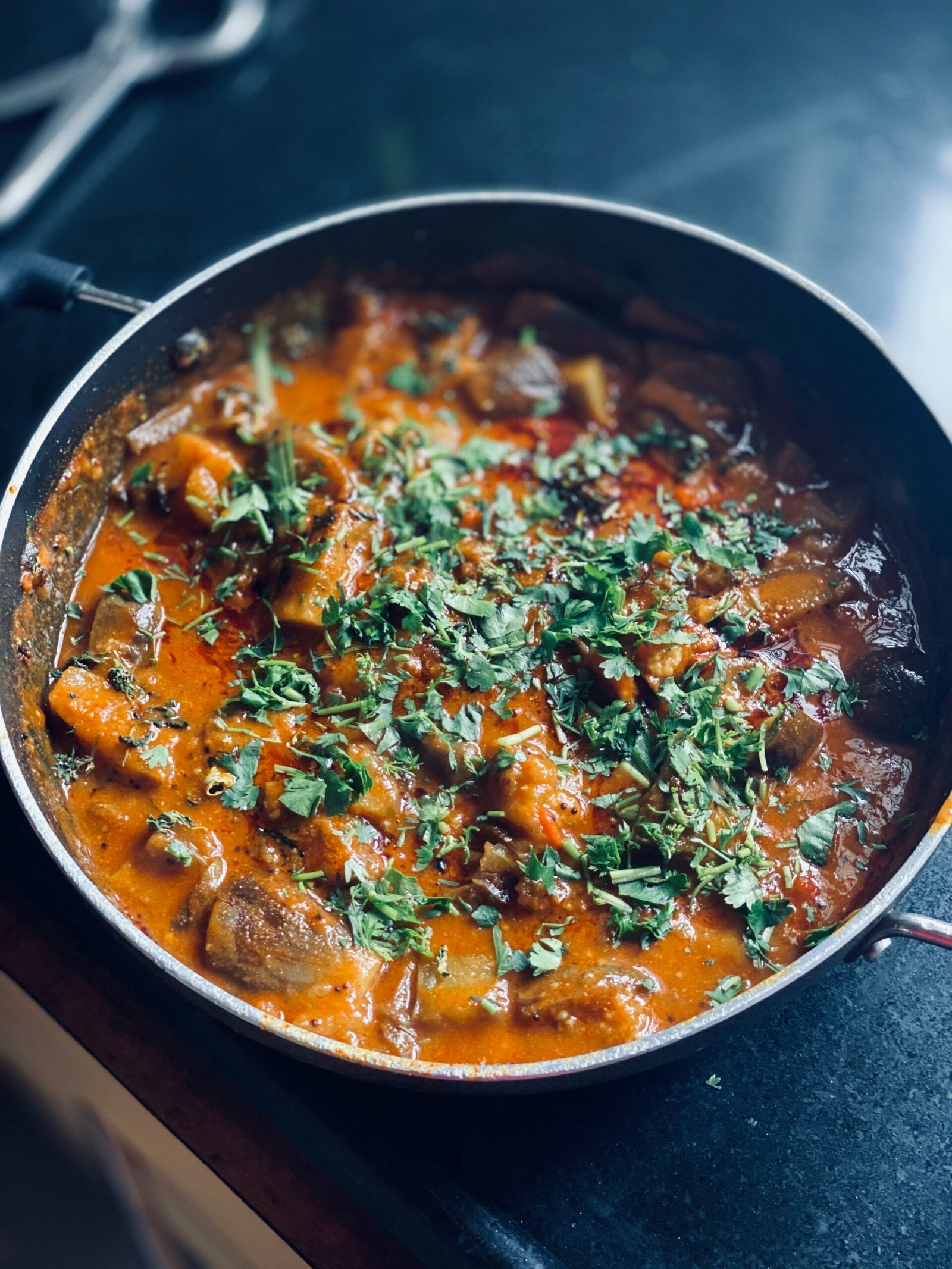
Introduction: The Art of Cooking Beef Brisket
Cooking a perfect beef brisket is both an art and a science, cherished across various culinary traditions, most notably in American BBQ culture. The allure of a tender, succulent brisket lies in its rich, smoky flavors and melt-in-your-mouth texture, making it a centerpiece of many gatherings and celebrations. However, achieving this level of perfection requires a meticulous approach, particularly when using an oven.
Brisket, a cut derived from the lower chest of the cow, is known for its toughness due to the significant amount of connective tissue. This makes it a challenging cut to master, but when cooked correctly, the results are extraordinary. Oven-cooking offers a controlled environment that allows for the consistent application of low heat over an extended period, which is crucial for breaking down the tough fibers in the brisket, resulting in a tender and flavorful dish.
The significance of patience in the cooking process cannot be overstated. The “low and slow” method, where the brisket cooks at a low temperature for several hours, is essential to achieving that coveted tenderness. While it might be tempting to rush the process, doing so would compromise the texture and flavor that make beef brisket so special. This method ensures that the brisket remains juicy and develops a deep, robust flavor profile.
In various cuisines, brisket holds a place of honor. In American BBQ, it is often smoked over wood chips to infuse it with a distinctive smoky aroma, while in Jewish cuisine, it is braised with a variety of spices and vegetables. Regardless of the cooking technique, the goal remains the same: to transform a tough cut of meat into a tender, flavorful masterpiece.
In this guide, we will explore a step-by-step recipe for making tender beef brisket in the oven, ensuring that you can achieve restaurant-quality results in the comfort of your own kitchen. Whether you are a seasoned cook or a beginner, this method will help you master the art of cooking beef brisket, making it a memorable dish for any occasion.
Ingredients and Tools You’ll Need
Creating a tender beef brisket in the oven requires careful selection of ingredients and the right kitchen tools. The key to a perfect brisket lies in both the quality of the meat and the blend of spices and herbs used for seasoning. Here’s a detailed list of what you’ll need:
Ingredients
Beef Brisket: Choose a 5-6 pound brisket with a good layer of fat, known as the fat cap. This fat helps in keeping the meat moist during the long cooking process.
Spices and Herbs:
- 2 tablespoons of kosher salt
- 1 tablespoon of black pepper
- 1 tablespoon of smoked paprika
- 1 tablespoon of garlic powder
- 1 tablespoon of onion powder
- 1 teaspoon of cayenne pepper (optional for extra heat)
- 1 teaspoon of dried thyme
- 1/2 cup of beef broth
- 1/4 cup of Worcestershire sauce
- 1/4 cup of apple cider vinegar
- 2 tablespoons of brown sugar
Tools
Roasting Pan: A large, heavy-duty roasting pan that can accommodate the brisket comfortably.
Meat Thermometer: An essential tool to monitor the internal temperature, ensuring the brisket cooks perfectly.
Foil: Heavy-duty aluminum foil for covering the brisket during the cooking process to retain moisture.
Sharp Knife: A sharp carving knife for slicing the brisket thinly against the grain after it has finished cooking.
Cutting Board: A sturdy cutting board to handle the brisket during slicing.
Tongs: A pair of tongs for handling and turning the brisket.
When selecting your beef brisket, look for a piece that has a good balance of marbling and a thick, even fat cap. This will not only enhance the flavor but also ensure a tender and juicy result. Additionally, fresher ingredients and high-quality spices will significantly contribute to the overall taste of your brisket. Proper preparation and the right tools are fundamental to mastering the art of oven-baked beef brisket.
Step-by-Step Cooking Instructions
To achieve a tender and flavorful beef brisket, begin by preparing the brisket itself. Start by trimming any excess fat from the brisket, leaving a thin layer to maintain moisture during cooking. Subsequently, apply a dry rub or marinade of your choice, ensuring even coverage over the entire surface of the brisket. Allow the brisket to marinate for at least a few hours, or overnight for enhanced flavor absorption.
While the brisket is marinating, preheat your oven to 300°F (150°C). This relatively low temperature is crucial for the slow-cooking process that will tenderize the meat over several hours. Once preheated, prepare a roasting pan by placing a rack inside. Position the brisket on the rack, fat side up, allowing the fat to render down and baste the meat throughout the cooking process.
Cover the roasting pan tightly with aluminum foil. This step is essential to create a sealed environment, trapping steam and keeping the brisket moist. Place the covered roasting pan in the preheated oven. The key to a perfect brisket is the ‘low-and-slow’ cooking technique, which involves maintaining a constant low temperature over an extended period. A general guideline is to cook the brisket for 1 hour per pound. For example, a 6-pound brisket would require approximately 6 hours of cooking time.
To ensure the brisket has reached the desired tenderness, use a meat thermometer to check the internal temperature. Ideally, the brisket should reach an internal temperature of 195°F (90°C) to 205°F (96°C). This range ensures the connective tissues have broken down, resulting in a tender brisket. If desired, you can baste the brisket with its own juices or add vegetables such as carrots, onions, and potatoes to the roasting pan during the last hour of cooking for added flavor.
Once the brisket has reached the correct internal temperature, remove it from the oven and allow it to rest for at least 20 minutes before slicing. This resting period is crucial as it allows the juices to redistribute throughout the meat, ensuring each slice is succulent and flavorful.
Serving and Storing Your Brisket
After your beef brisket has finished cooking in the oven, it is crucial to let it rest properly to ensure the meat retains its juices and tenderness. Allow the brisket to rest for at least 20 to 30 minutes before slicing. This resting period enables the juices to redistribute throughout the meat, enhancing its flavor and moistness.
When it comes to slicing the brisket, always cut against the grain. This means slicing perpendicular to the direction of the muscle fibers, which helps to break down the meat and make it more tender. Use a sharp carving knife and make smooth, even cuts to maintain the integrity of the slices.
For serving, consider pairing your tender beef brisket with classic sides that complement its rich flavors. Mashed potatoes, coleslaw, and roasted vegetables are excellent choices that balance the meal. The creamy texture of mashed potatoes contrasts beautifully with the brisket’s robustness, while coleslaw adds a refreshing crunch. Roasted vegetables, such as carrots, Brussels sprouts, or green beans, provide a wholesome and nutritious accompaniment.
Storing leftovers properly is key to maintaining the quality of your brisket. Store the brisket in an airtight container or wrap it tightly in aluminum foil to prevent it from drying out. Refrigerate the leftovers promptly and consume within three to four days for optimal freshness. To reheat, gently warm the brisket in the oven at a low temperature, around 250°F, covered with foil to prevent moisture loss. You can also use a microwave, but be sure to cover the meat and use a lower power setting to avoid overcooking.
Leftover brisket can be transformed into a variety of delicious dishes. Brisket sandwiches are a popular option; simply layer slices of brisket on a fresh bun with your favorite barbecue sauce, pickles, and coleslaw. Additionally, consider incorporating the brisket into soups, stews, or tacos for a flavorful twist. These versatile options ensure that no part of your beautifully cooked brisket goes to waste.



